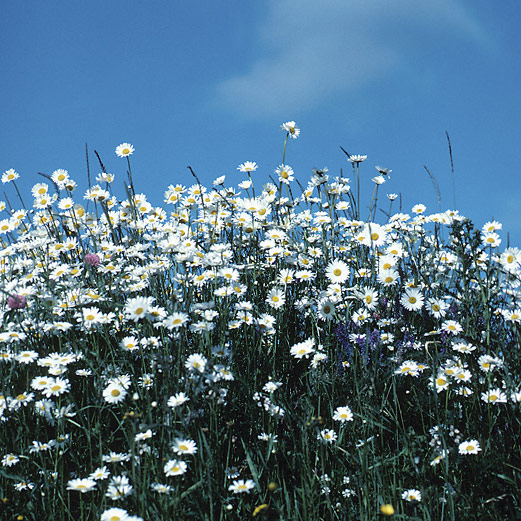
WEDNESDAY, April 29, 2015 (HealthDay News) — High pollen levels in the spring are linked to dry eye, a new study suggests.
“Finding this correlation between dry eye and different seasons is one step toward helping physicians and patients treat the symptoms of dry eye even more effectively based on the time of year,” said lead researcher Dr. Anat Galor, an associate professor of clinical ophthalmology at the University of Miami.
Dry eye causes burning, irritation and blurred vision. It costs the U.S. health system nearly $4 billion a year, Galor’s team said in background information with the study.
The researchers analyzed 3.4 million visits to Veterans Affairs eye clinics nationwide between 2006 and 2011. During that time, nearly 607,000 cases of dry eye were diagnosed.
April had the highest rate of patients diagnosed with dry eye, nearly 21 percent. April is also when pollen levels usually peak each year.
In terms of seasons, there was a spike in spring when 18.5 percent of patients were diagnosed with dry eye, and another spike in winter. Rates were lowest in summer, at just over 15 percent, according to the study published online recently in the journal Ophthalmology.
The increase in dry eye cases in winter may be due to low indoor humidity associated with heating, according to the study authors. (Humidifiers can offset this, they suggested.)
“For the first time, we’ve found what appears to be a connection between spring allergens like pollen and dry eye, but also saw that cases rose in winter,” Galor said in a journal news release.
The evidence linking pollen and dry eye suggests people with dry eye may benefit from allergy prevention in addition to treatments such as artificial tears, the researchers said. They recommended wearing goggles outside for yard work and using air filters indoors.
More information
The U.S. National Library of Medicine has more about dry eye syndrome.
Copyright © 2025 HealthDay. All rights reserved.

